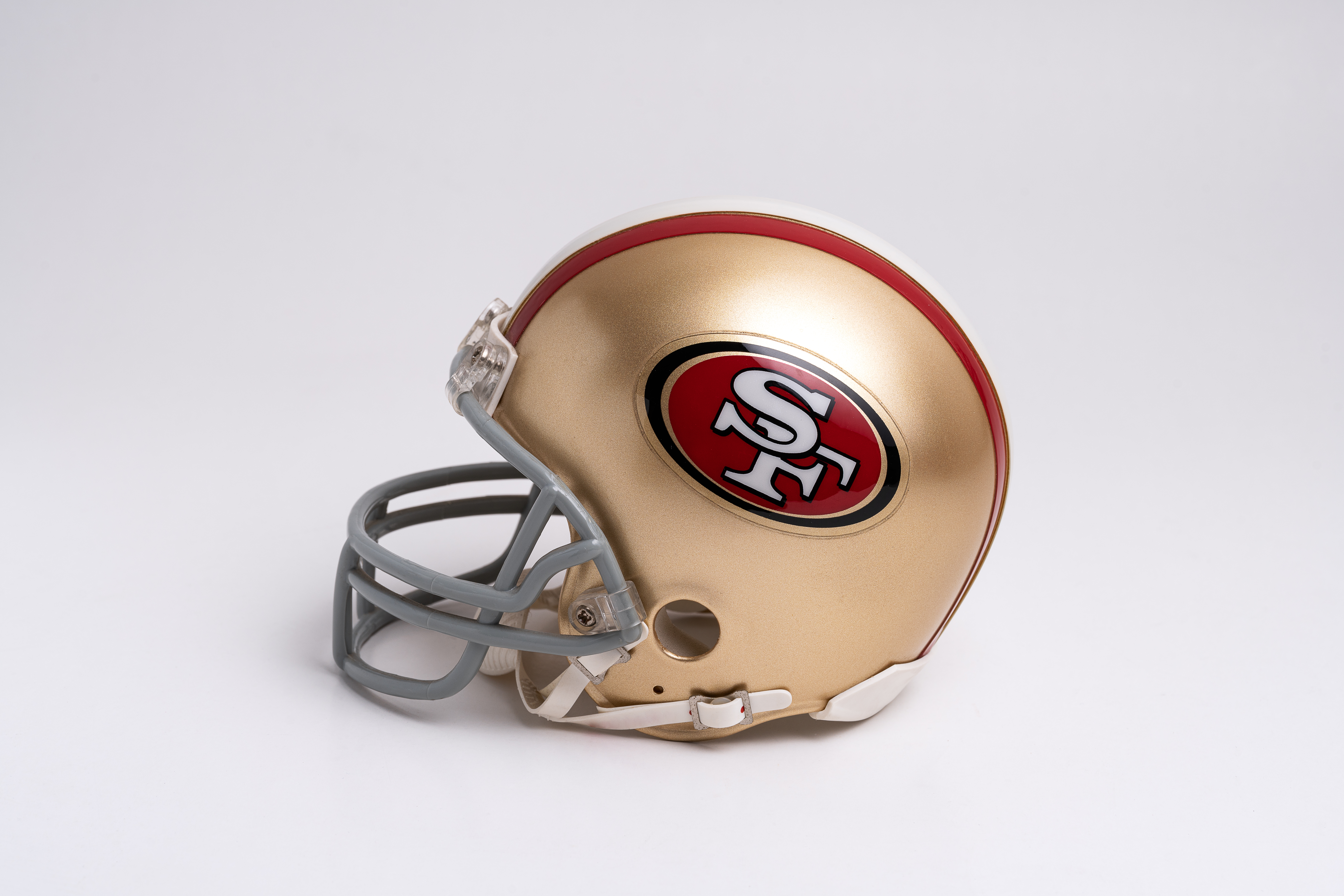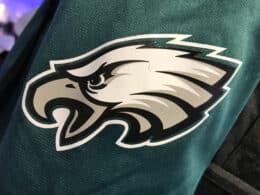The Supplemental Draft will return to the NFL for the first time since 2019, the league has told its clubs, but what is it and how does it work?
To understand the answer to that question, it’s important to understand the core NFL Draft.
What is the NFL Draft
There are three ways NFL teams can improve their squads during the off-season: by signing free agents who are currently without a team, by trading their players for players from other teams, or by drafting in new players fresh out of the college football scene.
Held every spring, the NFL Draft – sometimes referred to by its formal name, the Player Selection Meeting – is a three-day event that allows all 32 teams in the NFL to select their chosen college players.
Dating back to the 1930s, the Draft has, over the years, become a major event, with fans watching on TV and locations around the United States taking pride in being chosen to host.
There are seven rounds in the draft, with the first held on a Thursday, the second and third taking place on a Friday, and the final three happening on Saturday. Teams typically pick one player per round, though this can vary.
The order they do this is defined by their performance the previous year: the team that finished last gets to make their recruitment choice first with the winners taking their pick last. Turns can be traded if a team deems it strategically important to make a selection quickly.
What is the NFL Supplemental Draft?
The Supplemental Draft presents players who couldn’t enter the regular draft with an opportunity for selection. Typically, players are ineligible for the regular draft because they missed the registration deadline or they were experiencing disciplinary or academic problems in their education.
It was first held in 1977 and works slightly differently from the core Draft. Here, teams are placed into one of three pots, again based on their performance: teams with six wins or fewer, teams with more than six wins, and teams who made it to the play-offs. The ordering of each group is then decided through a lottery.
Teams who want to draft a player make a bid and if the bid is successful that rules them out of participating at the same round in the regular NFL Draft the following year. This means that bids need to be made carefully, especially as successful bids in the Supplemental Draft are less likely to result in long-lasting quality than players gained through the core Draft.
The Supplemental Draft is a much smaller and less celebrated event than the regular Draft for exactly that reason: teams and fans don’t always know what they’re getting from the players they bring in.
But while that can (and often has) led to Supplemental Draft picks fading quickly from the public eye, it has also created some superstars, with Cris Carter (picked by the Philadelphia Eagles in 1987), Rob Moore (Phoenix Cardinals, 1990) and Jamal Williams (San Diego Chargers, 1998) all going on to make an impact.










